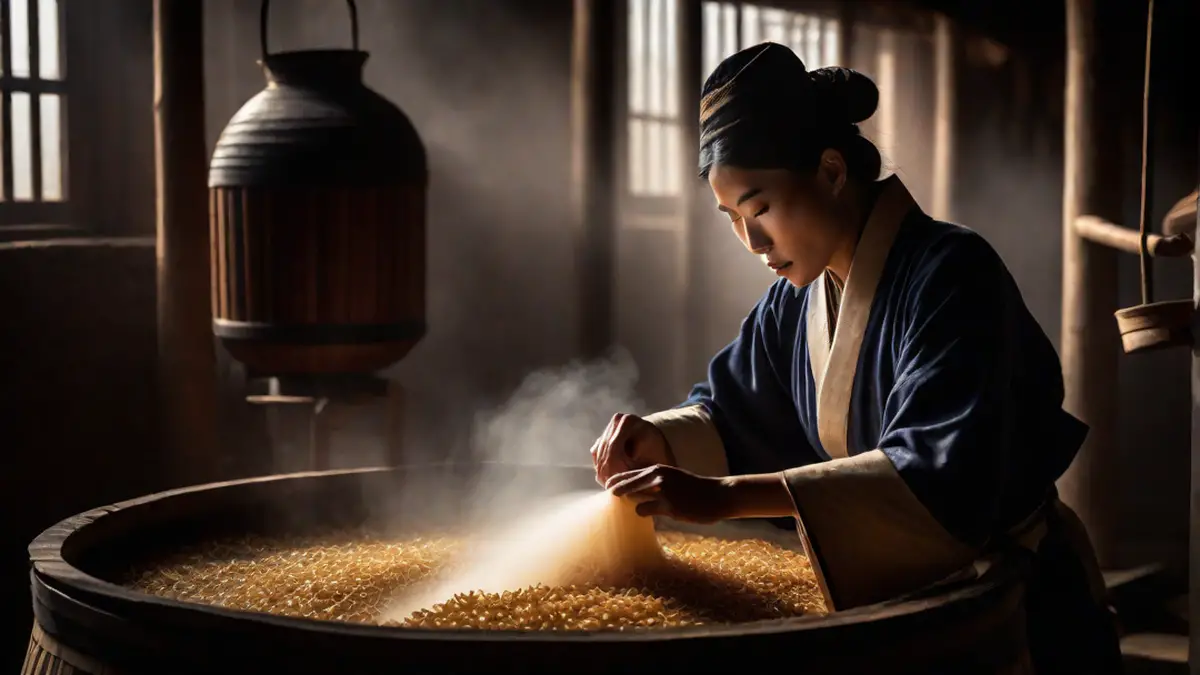As a wine lover, one of the most captivating parts of winemaking is the skill of brewing. Brewing involves the conversion of natural sugars in grape juice into alcohol by utilizing yeast. It is a meticulous and elaborate process that demands accuracy and specialized knowledge.
When I first started learning about brewing, I was amazed at the number of variables that can influence the final outcome of the wine. Factors such as temperature, yeast selection, fermentation time, and even the type of grape used can all have a significant impact on the flavor and aroma of the finished product.
One of the key steps in brewing is selecting the right yeast strain. Yeast is responsible for converting the sugars in the grape juice into alcohol and carbon dioxide. Different yeasts produce different flavors and aromas, so choosing the right one is crucial. Some yeast strains are known for producing fruity wines, while others are more neutral in flavor. I always find it exciting to experiment with different yeast strains to see how they influence the final product.
Another important aspect of brewing is fermentation temperature. Yeast is a living organism, and its activity is strongly influenced by temperature. Too high or too low temperatures can lead to off-flavors and aromas in the wine. It’s important to carefully monitor the temperature during fermentation to ensure optimal conditions for the yeast.
Once fermentation is complete, the wine is usually aged to allow the flavors to develop and mature. The length of aging can vary depending on the style of wine and the winemaker’s preferences. Some wines are aged for just a few months, while others may be aged for several years. I personally enjoy the anticipation of tasting a wine that has been aged for a longer period of time, as the flavors become more complex and nuanced.
Brewing wine is a labor of love that requires patience and attention to detail. It’s a process that allows winemakers to express their creativity and passion. As a wine enthusiast, I find it incredibly rewarding to witness the transformation of grape juice into a beautiful and complex wine. Whether it’s a crisp Sauvignon Blanc or a rich Cabernet Sauvignon, each bottle tells a unique story of the winemaker’s vision and the terroir in which the grapes were grown.
In conclusion, brewing is a fascinating and intricate process that plays a crucial role in the world of winemaking. From yeast selection to fermentation temperature to aging, every step contributes to the final flavor and aroma of the wine. Whether you’re a winemaker or simply a wine lover, taking the time to understand and appreciate the art of brewing can deepen your appreciation for the wines you enjoy.




